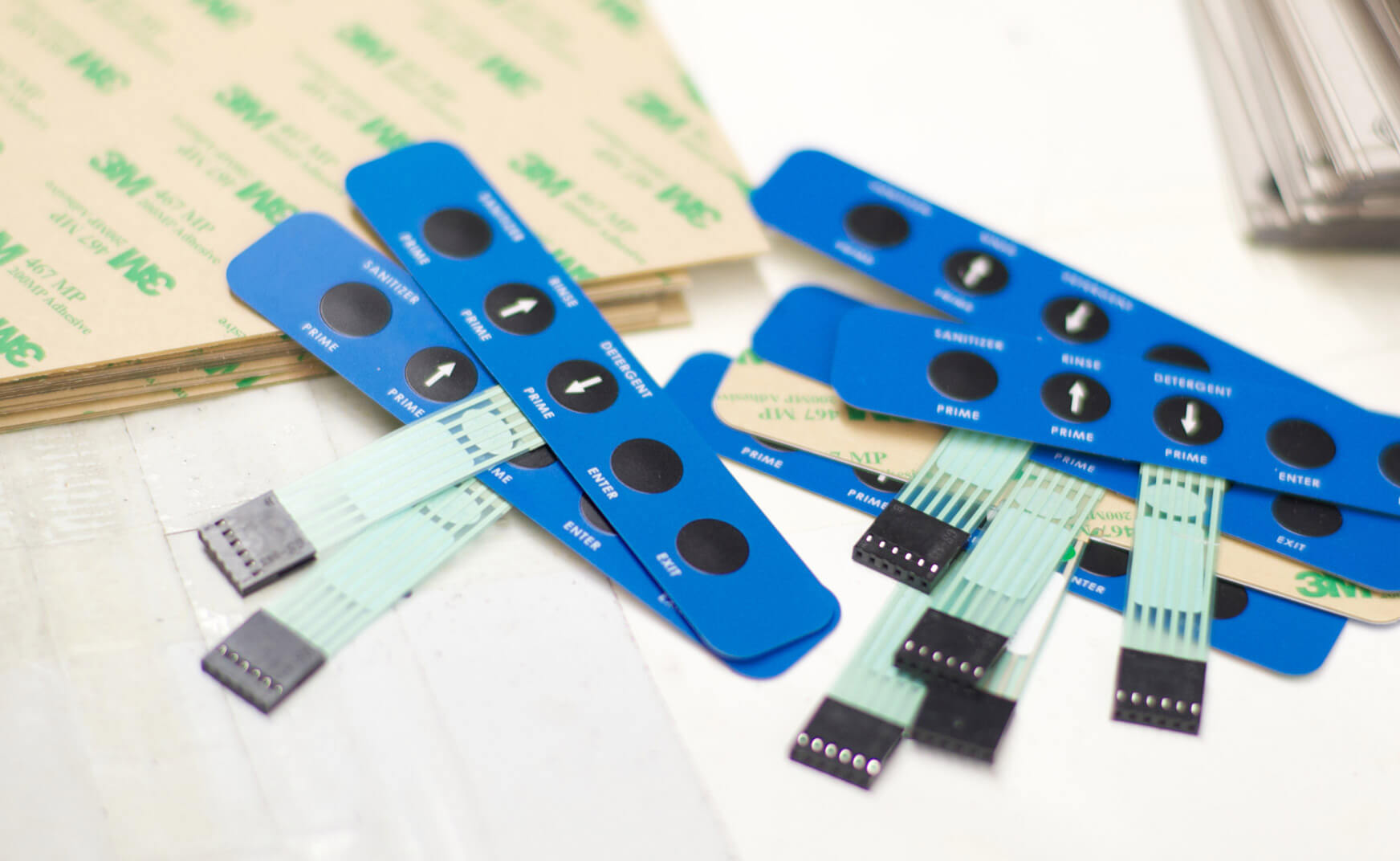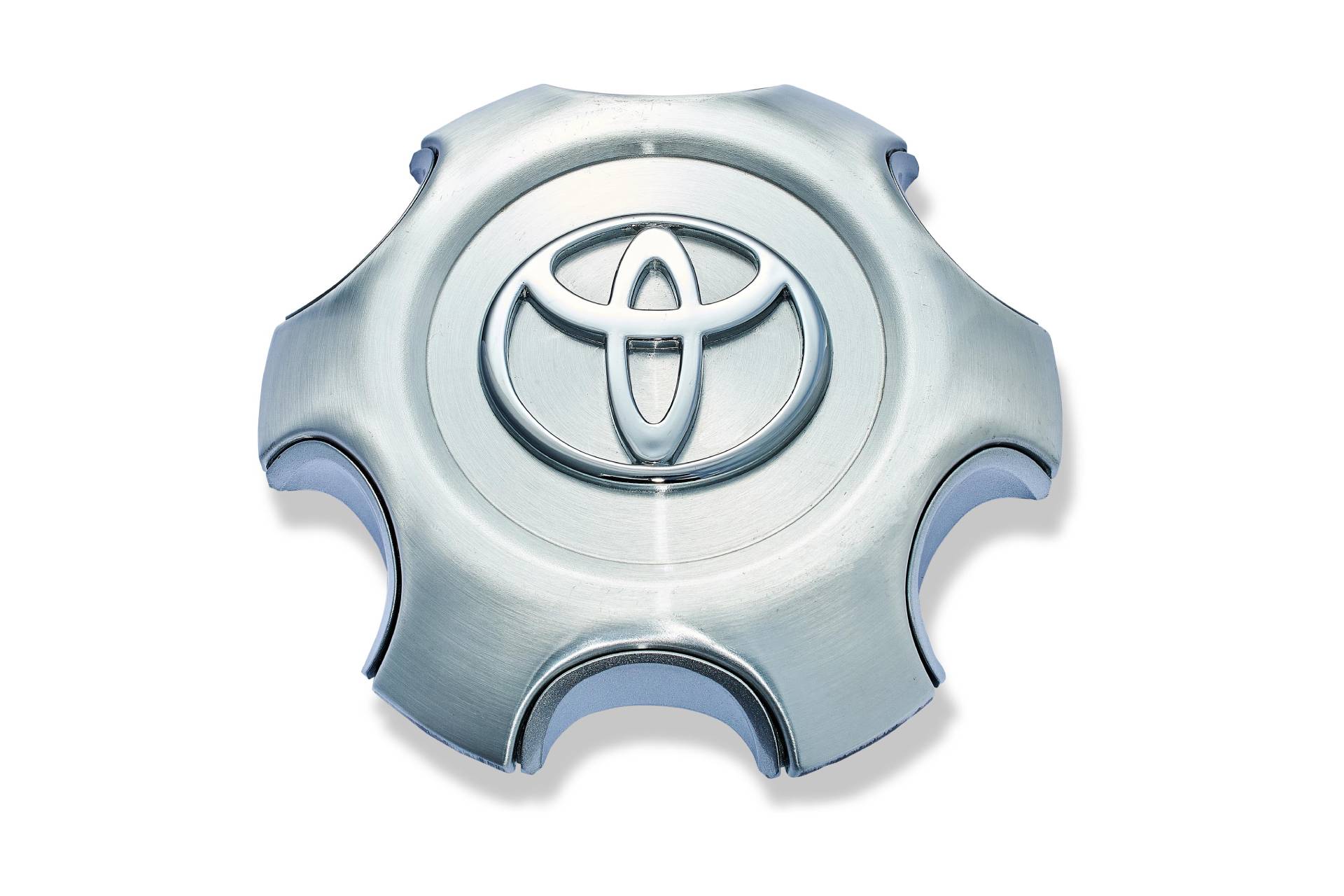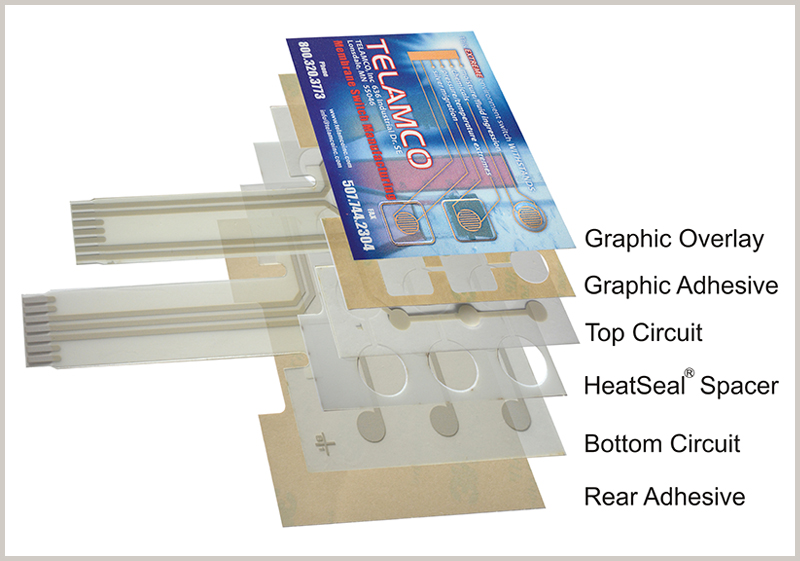Checking Out the Manufacturing Process of Membrane Switch for Different Industries
The production procedure of Membrane buttons is a complex endeavor that demands accuracy and attention to detail. From selecting ideal materials to applying strenuous quality assurance procedures, each step plays an important role in ensuring functionality. Numerous industries, including automotive and clinical, rely upon these parts for their special applications. Comprehending the details of this process discloses substantial understandings into exactly how these switches are created and their influence across diverse markets.
Comprehending Membrane Switches: A Summary

Secret Products Used in Membrane Switch Production
In Membrane button production, the choice of vital materials significantly affects performance and durability. Conductive products, adhesives, and finishings play vital functions, while substrate option impacts overall performance and reliability. Recognizing these components is crucial for enhancing the design and production of Membrane switches.
Conductive Materials Overview
Conductive products play an important role in the capability of Membrane switches, ensuring trustworthy electrical links within the tool. Commonly utilized products consist of silver, copper, and carbon-based inks, each offering distinct advantages. Silver is preferred for its high conductivity and longevity, making it perfect for applications requiring robust performance. Copper, while somewhat much less conductive than silver, is a cost-effective choice frequently used in published circuits. Carbon-based inks provide a versatile choice, appropriate for applications where adaptability and reduced costs are prioritized, although they have reduced conductivity compared to metal options. The choice of conductive products straight affects the overall integrity, lifespan, and performance of the Membrane button, making it a vital consideration in the manufacturing procedure.
Adhesives and Coatings
Adhesives and coverings are vital elements in the production of Membrane switches, providing important bonding and safety buildings. These products assure that various layers of the switch, including graphic overlays and wiring, stick firmly to one another, enhancing sturdiness and performance. Frequently made use of adhesives include pressure-sensitive adhesives (PSAs) and epoxy-based formulations, which provide strong adhesion and strength. Coatings, such as polyurethane or acrylic, serve to protect versus ecological factors, including moisture, abrasion, and chemicals. Furthermore, finishings can improve responsive responses and visual allure, adding to the general user experience. The choice of suitable adhesives and finishings is vital for enhancing performance and longevity in varied applications throughout numerous markets, ensuring that Membrane switches fulfill specific functional needs.
Substrate Choice Factors
Substratum choice plays a necessary duty in the production of Membrane buttons, as it substantially affects their general efficiency and longevity. Trick materials such as polyester, polycarbonate, and versatile printed circuit card (FPCBs) are frequently made use of for their distinct properties. Polyester is preferred for its cost-effectiveness and resistance to abrasion, making it suitable for applications with high wear. Polycarbonate deals remarkable quality and impact resistance, perfect for environments requiring high exposure. FPCBs supply enhanced adaptability and are commonly utilized in complex designs. The option of substrate additionally influences elements like thermal stability, chemical resistance, and simplicity of printing. Eventually, choosing the suitable substrate is crucial for ensuring the functionality and durability of Membrane switches across numerous markets.
The Design Refine of Membrane Switches Over
The design procedure of Membrane switches is a vital stage that greatly influences the capability and visual appeals of the last item - membrane switch manufacturer. It starts with specifying the details requirements of the application, including measurements, button format, and tactile feedback preferences. Developers need to consider individual interaction, guaranteeing that the button is intuitive and accessible.Next, materials are chosen based upon sturdiness, adaptability, and environmental resistance. The integration of graphics and branding components is likewise crucial, as it improves aesthetic appeal and interaction. Prototyping allows for iterative screening, enabling modifications based on individual responses and performance evaluations.Additionally, the design should account for the electrical elements, such as ports and circuits, making sure reliability and ease of usage. Inevitably, a successful style balances capability, looks, and user experience, leading the way for reliable manufacturing and long-lasting performance in various industries
Printing Methods for Membrane Switches Over
The printing methods utilized in Membrane switch manufacturing play a necessary duty in establishing the end product's high quality and functionality. Display printing uses advantages such as durability and dynamic color application, while digital printing developments supply versatility and accuracy in layout. Comprehending these techniques can substantially affect the total efficiency of Membrane buttons in different applications.
Screen Printing Benefits
Countless advantages make display printing a favored strategy for generating Membrane buttons. This method enables high-quality, detailed styles and dynamic shades, which are essential for customer interface applications. Screen printing is especially efficient for using thick ink layers, boosting toughness and tactile comments. On top of that, it uses exceptional bond to different substratums, guaranteeing long life popular atmospheres. The procedure is cost-efficient for big manufacturing runs, as it decreases configuration time and waste. Display printing supports a large variety of inks, including specialty and UV-curable options, allowing versatility in design. Its capacity to produce regular outcomes throughout several units makes it a reputable option for makers intending for top quality and effectiveness in Clicking Here Membrane switch manufacturing.
Digital Printing Innovations

Improvements in digital printing innovation are changing the production of Membrane switches, providing makers ingenious solutions that improve style flexibility and effectiveness. Digital printing allows Learn More for high-resolution graphics and intricate designs, allowing customized branding and capability without the constraints of conventional methods. This technique minimizes arrangement times and costs, assisting in much shorter production runs and minimal waste, making it ideal for services with differing demands. In addition, advancements in ink solutions offer better resilience and bond, making sure long life in numerous settings. As sectors significantly seek intricate and personalized layouts, digital printing stands out as a vital strategy, establishing a new criterion in Membrane switch production. The integration of these advancements positions manufacturers to fulfill progressing market needs successfully.
Assembly and Layering of Membrane Switch Elements
Cautious setting up and layering of Membrane button components are vital to guaranteeing performance and resilience. This process begins with the specific positioning of different layers, consisting of the graphic overlay, glue, circuit layer, and backing material. Each element must be carefully positioned to maintain electric honesty and interface responsiveness.During assembly, conductive traces are related to the circuit layer, normally made from products like polyester or polycarbonate. This layer is essential, as it beams when stress is used. The sticky used for bonding these layers is also picked for its capacity to withstand environmental stress and anxieties while preserving a safe bond.Heat and stress are often used throughout the setting up process to establish that the layers stick appropriately without jeopardizing the capability of the button. Interest is given to the side securing to shield versus dampness and impurities, safeguarding the long life of the Membrane switch in different industrial applications.
Quality Assurance Steps in Membrane Switch Manufacturing
Quality assurance procedures play an important role in guaranteeing the reliability and efficiency of Membrane switches over adhering to the assembly and layering of their elements. In the manufacturing procedure, a number of key inspections are performed to promote high quality criteria. These consist of aesthetic assessments for defects in printing and sticky application, in addition to practical tests to verify the responsiveness of each switch.Additionally, ecological testing is carried out to analyze the switches' durability against temperature changes and moisture exposure. Makers often execute statistical procedure control (copyright) methods to check manufacturing consistency, making it possible for early detection of anomalies.Furthermore, traceability systems are developed to track components and materials, ensuring liability and assisting in recalls if necessary. Calibration of equipment and adherence to industry standards are also crucial to maintaining item integrity. Jointly, these quality assurance measures protect the performance of Membrane switches over throughout different applications, ultimately boosting customer fulfillment.
Applications of Membrane Changes Throughout Different Industries
Membrane buttons are utilized throughout a diverse array of markets, showcasing their convenience and flexibility. In the clinical sector, they offer water-proof and dependable interfaces for tools such as analysis tools and infusion pumps, ensuring health and convenience of use. The vehicle sector uses Membrane switches for control panel controls, allowing seamless communication between the chauffeur and automobile systems.In customer electronic devices, these buttons are discovered in devices and handheld tools, providing a streamlined, modern-day visual while enhancing capability. Industrial applications likewise take advantage of Membrane changes for equipment control board, where resilience and resistance to extreme problems are essential.Furthermore, the aerospace and defense markets make use of Membrane switches for cockpit instrumentation and communication systems, prioritizing integrity and efficiency under severe problems. Generally, Membrane buttons play an essential function in enhancing find out this here the customer experience and functional efficiency throughout numerous domains.
Frequently Asked Inquiries
How Long Does It Require To Manufacture a Membrane Layer Switch?
The production time for a membrane layer switch normally varies from a couple of days to numerous weeks - membrane switch manufacturer. Elements affecting this period consist of style intricacy, material availability, and manufacturing volume, all impacting the overall timeline noticeably
What Is the Common Life Expectancy of a Membrane Switch?
The common life-span of a membrane layer button usually varies from 1 to 5 million actuations, depending on factors such as material quality, environmental conditions, and use frequency, greatly influencing resilience and overall efficiency.
Can Membrane Changes Be Customized for Certain Applications?
Membrane switches can without a doubt be tailored for specific applications. Their design flexibility enables for modifications in size, shape, shades, and graphics, guaranteeing compatibility with unique needs across numerous markets and enhancing performance and individual experience.

Are Membrane Switches Eco Pleasant?
The ecological impact of Membrane switches differs. Some materials utilized may not be green, while innovations in making processes are progressively concentrating on sustainability, aiming to decrease waste and promote recyclable parts in their manufacturing.
What Are the Usual Failing Modes of Membrane Switches?
Usual failure modes of Membrane buttons include delamination, adhesive failure, wear and tear from use, moisture ingress, and electric failures. These problems can considerably influence capability, performance, and life-span in numerous applications throughout different industries. Membrane switches can be customized to fit details layout requirements, such as size, shape, and capability, making them extremely adaptable.The building usually includes multiple layers, consisting of a graphic overlay, sticky, and a circuit layer, which work together to create a smooth customer experience. In Membrane button production, the choice of key products significantly affects functionality and sturdiness. The vehicle sector utilizes Membrane switches for dashboard controls, making it possible for seamless communication in between the chauffeur and lorry systems.In consumer electronics, these switches are found in appliances and handheld gadgets, providing a streamlined, modern-day visual while enhancing functionality. Industrial applications also take advantage of Membrane changes for equipment control panels, where toughness and resistance to harsh conditions are essential.Furthermore, the aerospace and protection sectors use Membrane buttons for cabin instrumentation and interaction systems, prioritizing integrity and performance under severe problems. Membrane buttons can undoubtedly be tailored for certain applications.